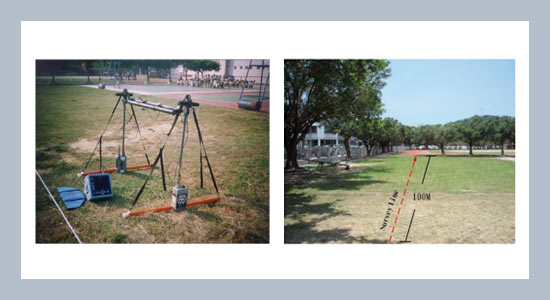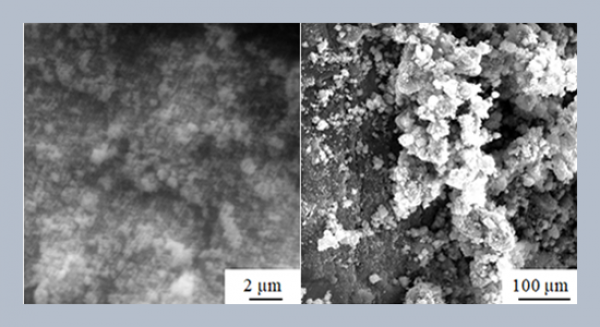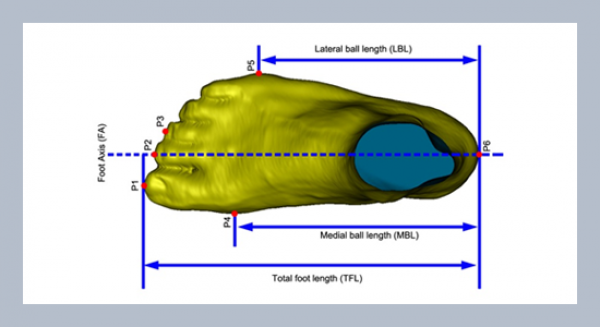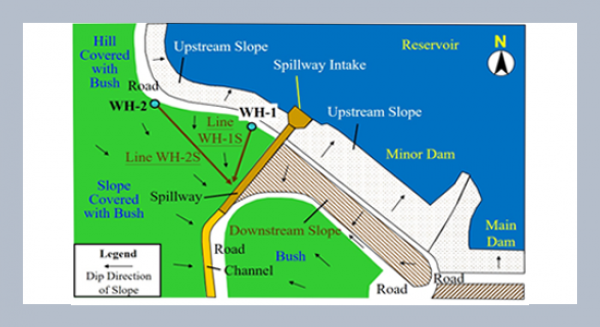Ming-Chih Lin, Yu-Ming Kang, Kun-Fa Lee1 and Hui-Chi Hsu Civil and Hydraulic Engineering, Feng Chia University No. 100 Wenhwa Rd., Seatwen, Taichung, Taiwan 40724, R.O.C.
Download Citation:
|
Download PDF
Under the massive compression forces from three major tectonic plates (Fig. 1), the geotectonic structure of Taiwan is characterized more by tall steep mountains than by flat lands. For this reason, underground water often flows directly from rivers into the sea, rather than being collected by reservoirs, a feature which contributes to the meager underground water resource. Furthermore, since most flatlands are formed by loose alluvium, and free underground water nearer the surface often rises during the rainy season, while the stratum in mountainous areas are commonly characterized by discontinuity (plane) and broken rock soil, this makings for a relatively complex underground water path. In terms of underground water site investigations, the drilling method commonly adopted is both labor intensive and material consumptive. ABSTRACT
The aim of this study was to investigate the feasibility of detecting underground water level by using GPR (Ground-Penetrating Radar). A vacant land adjacent to the playground of an elementary school in Miaoli City was used as the experimental site, and tested with the SIR-2 mainframe and 80MHz antenna developed by GSSI (USA), according to the CDP seismic method. From the data compiled and images generated thereby, this study found the underground water level approximately between 11m to 16m underground. Thus, GPR has proven to be an effective detection method for underground water level, and can serve as reference for future applications.
Keywords:
Ground-Penetrating Radar (GPR); Underground Water; Common Depth Point (CDP); Tectonic.
Share this article with your colleagues
REFERENCES
ARTICLE INFORMATION
Accepted:
2009-08-19
Available Online:
2009-10-01
Lin, M.-C., Kang, Y.-M., Lee, K.-F., Hsu, H.-C. 2009. A study on the technologies for detecting underground water level and processing image. International Journal of Applied Science and Engineering, 7, 61–68. https://doi.org/10.6703/IJASE.2009.7(1).61
Cite this article:















